The Western Australian (WA) government has pledged to deliver the state’s first residential battery scheme that will provide eligible households with rebates of up to $5,000 (USD 3,187) for customers of state-owned retailer Synergy and up to $7,500 for Horizon Power customers.
The $387 million Residential Battery Scheme, unveiled by premier Roger Cook at WA Labor’s official election campaign launch on Sunday, would also include interest-free loans of up to of $10,000.
Cook said the scheme – to be made available from 1 July 2025 if Labor is re-elected at the 8 March vote – will help thousands of Western Australian households play their part in the state’s clean energy transition, while grid management would also be optimised.
“Supercharging household batteries will revolutionise our electricity grid, allowing us to ramp up renewable energy,” he said. “As we transition to a clean energy future, household batteries will play a crucial role in supporting more renewable energy in the grid and keeping our power system affordable and reliable.”
More than 400,000 WA homes and businesses, about 40% of households within WA’s main power grid, the South West Interconnected System (SWIS), already have rooftop solar, but the uptake of household batteries has been relatively slow with an estimated 10,000 small-scale batteries installed.
Cook said the Residential Battery Scheme is expected to more than double the number of residential batteries currently installed in WA homes.
“The residential batteries resulting from these programs are expected to deliver more than 200 MWh of storage to WA’s electricity grid, the equivalent of the first stage of the Kwinana Big Battery,” he said.
The rebate scheme will provide households in Perth and the state’s southwest with one-off rebates of up to $5,000 while those in regional areas can access up to $7,500, with the amount to be determined by the size of the battery.
To be eligible, batteries purchased would need to meet Australian and local grid standards and can include existing recognised brands as well as locally manufactured batteries.
The rebate scheme will be complemented by a no-interest loan program that will be means tested to help up to 20,000 low and medium-income households cover the upfront costs of purchasing a subsidised residential battery. Eligible households would have up to 10 years to repay the loans of up to $10,000.
Cook also pledged to fund a $50 million Battery Manufacturing Program of direct grants and low-interest loans.
“It’ll be great for local jobs too with funding to manufacture those batteries right here in WA,” he said.
This content is protected by copyright and may not be reused. If you want to cooperate with us and would like to reuse some of our content, please contact: editors@pv-magazine.com.
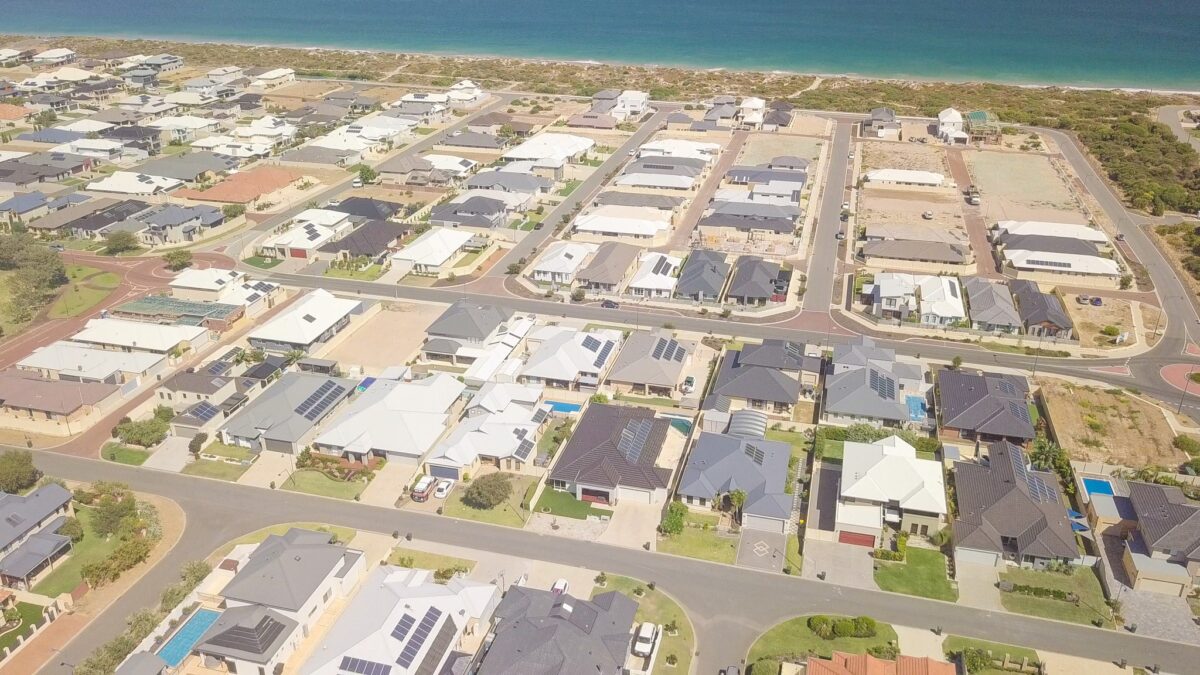
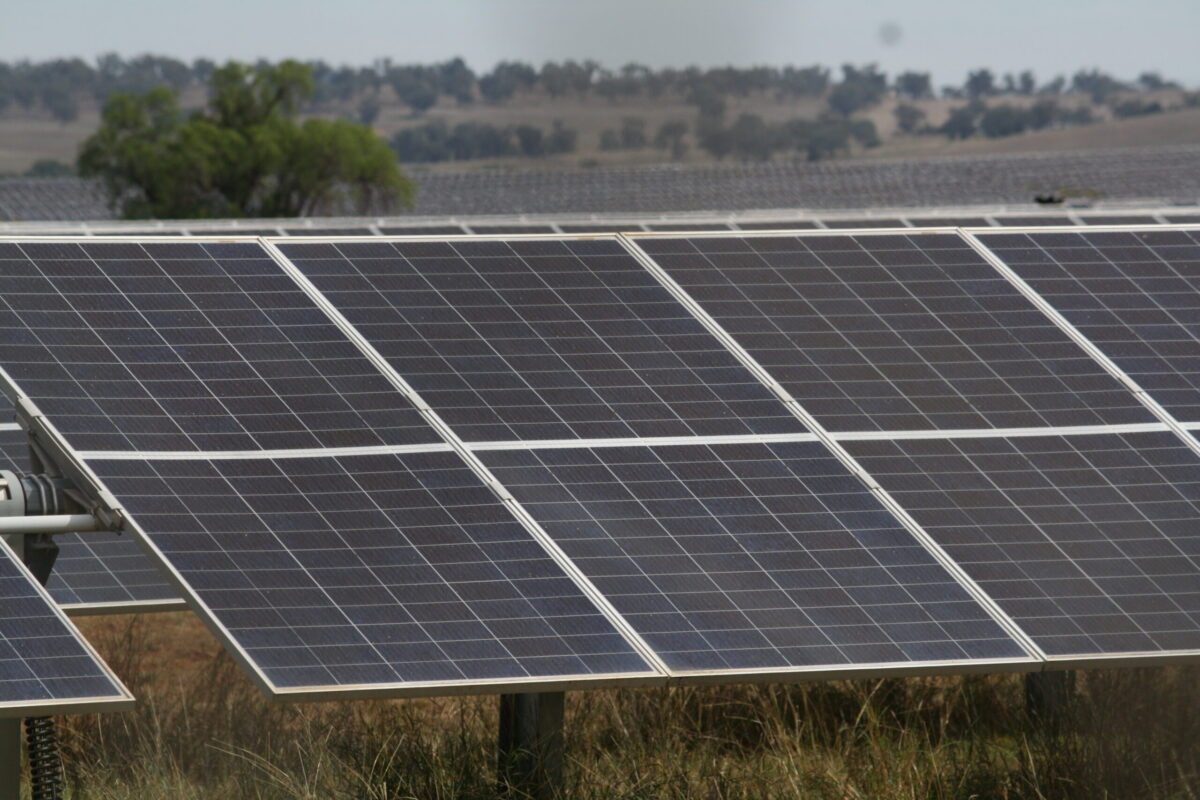


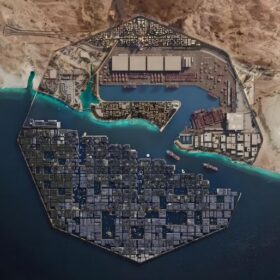
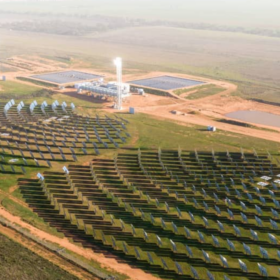
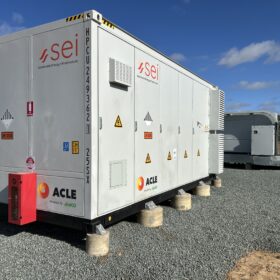


Is the subsidy available for totally off-grid solar systems in south-west country areas?
The finer details of the subsidy are yet to be provided and they will make for interesting reading.
Without details of the $5,000 rebate (is it $1,000 per kWh, or, $100 per kWh), the purported rebate offer has no credibility, especially, given that the state government punishes households with single phase grid connections , who obtain and use household rooftop PV systems; the shonky SWIS grid is the only electricity grid i Australia, where inverters with a capacity of more than 5kW, are banned, also, thence, outlawing charging BEV’s. using solar power, for households with single phase grid connections.
The state government needs top end its war against households with single phase grid connections, who want to use clean energy.
And, the rebate should match the Northern Territory CLP government household battery rebate of $400 per kWh, up to $12,000 per household.
Also, regarding my previous post, it should be noted (and, clarified in the above report, that the “residential battery rebate scheme” is much less than the $387 million; the $387 million, is a “$387 million package”, including $200 million for low interest loans “20,000 low and medium-income households cover the upfront costs of purchasing a subsidised residential battery. Eligible Western Australians will have up to 10 years to repay the no-interest loans of $10,000 or less. “, and $50 million is ” a $50 million Battery Manufacturing Program of direct grants and low-interest loans.”
See
https://www.rogercook.com.au/media/wa-labor-to-power-up-cost-of-living-relief-with-home-battery-scheme
So, the maximum for the “residential battery rebate scheme”, is apparently, $137 million, much less than the “$387 million”.
Accurate details are important…